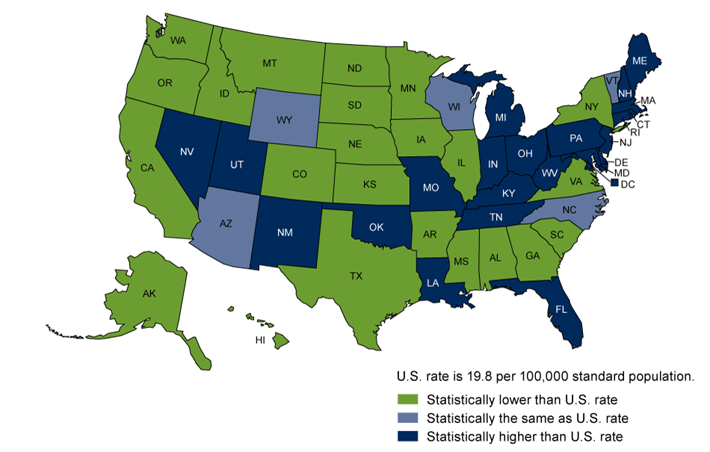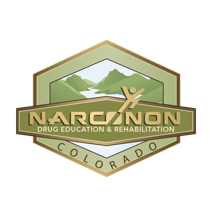Why Does The United States Life Expectancy Continue to Drop?

Being that the United States is one of the most industrialized nations in the world, one would think that our life expectancy would continually increase. Over the course of the past one hundred years, life expectancy in the United States has either risen or stayed the same each year with the exception of a couple years in the 1920’s and 1960’s as well as a one-year drop in the 1990’s due to the AIDS epidemic. Sadly, the same cannot be said for the most recent past two years. So what could be the reason for a two-year decline in the average life expectancy of one of the wealthiest nations in the world? It is due to the exponential rise in the amount of American drug overdose deaths.
According to the Centers for Disease Control and Prevention (CDC), over 64,000 people died from a drug-related overdose in the USA during 2016. An article from CBS News reports that the 2016 American drug death toll outnumbered the total amount of American lives lost in the Vietnam War and AIDS-related deaths in the peak of the AIDS epidemic in 1995. The CDC has stated that there has been a 21% increase in deaths from drug overdose in 2016 compared to 2015.
One of the biggest contributing factors to this rising drug death toll is the spread of the extremely powerful synthetic opioid fentanyl which is anywhere from 50-100 times stronger than heroin. CDC statistics have indicated that the rate of deaths from synthetic opioids reached 19,410 in 2016, compared to the 9,580 deaths in 2015—we can see that is a rise of almost 10,000 in one year. The fact that fentanyl is more resistant to Narcan (a drug used to reverse opioid overdose) than heroin only further compounds the dangers of the drug.
If this trend continues, which it likely will, and the life expectancy rates continue to drop, this will mark the first time the USA has seen a three-year decline in over one hundred years. The rise in deaths is not the only alarming statistic to come out of all of this. The CDC has also found that there has been a 133% increase in the amount of Hepatitis C cases between the years of 2004 and 2014. The increase in the transmission of this blood-borne pathogen has been directly related to the rise in Intravenous (IV) drug use.
Addiction Specialist from Stanford University, Keith Humphreys, has been quoted saying that “Even if you ignored deaths from all other drugs, the opioid epidemic alone is deadlier than the AIDS epidemic at its peak.”
So what has the country been doing in response to help with this epidemic? Well, the President declared a Public Health Emergency but not many additional steps have been taken since, nor resources devoted to work on the problem. Had the issue been declared a National Emergency, which numbers are clearly indicating that it is, then more funding would have been made available to help address the issue.
On a local level, one of the largest treatment facilities in the state of Colorado, Arapahoe House, will soon be closing its doors due to lack of funding. The state-funded treatment facility has helped thousands of people with their addiction. Because Arapahoe House was state-funded it was able to help serve those who could not afford treatment elsewhere at little to no cost. One would think that with such a large drug problem on our hands, more would have been done to help prevent this facility from shutting down.
Despite all of the cultural stigma and prejudice that surrounds addiction, this is an issue that very clearly needs to be addressed. These are our brothers, our sisters, mothers, fathers, grandparents, friends, and children who are dying on a daily basis. Addiction does not discriminate and neither should we. This is something that can happen to anyone and that affects everyone regardless if it is first-, second- or third-hand. If you or someone you care about is struggling with addiction and are unsure what to do, give us a call today.


